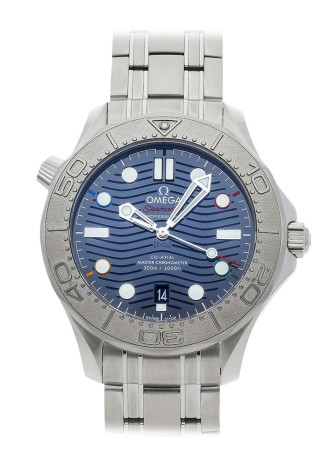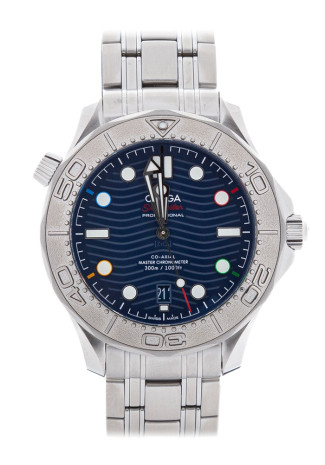The enigmatic "Helium escape valve" feature often associated with diver watches intrigues many, yet its specific functionality might remain a mystery. Understanding the purpose behind this valve unveils its crucial role in maintaining a watch's integrity under extreme conditions.
Helium molecules possess remarkable smallness, enabling them to penetrate watch seals under conditions of high pressure. While water or other air molecules can't seep through, helium finds its way, particularly during deep-sea diving or in pressurized environments. In scenarios where external pressure increases and helium enters the watch, a buildup can occur, creating a risk of the crystal blowing off. This potential danger highlights the necessity of the helium escape valve, strategically placed on diver watches to release built-up gases safely, preventing any catastrophic damage.

The valve acts as a safeguard mechanism, ensuring that excess pressure, particularly helium, is released when the watch resurfaces to lower pressures, such as sea level. This ingenious one-way valve enables the watch to expel gas, primarily helium, without permitting larger water molecules to enter, thereby preserving the watch's functionality and structural integrity in demanding underwater conditions. Understanding the science behind this small yet crucial feature elucidates its vital role in the durability and safety of professional-grade diver watches.




